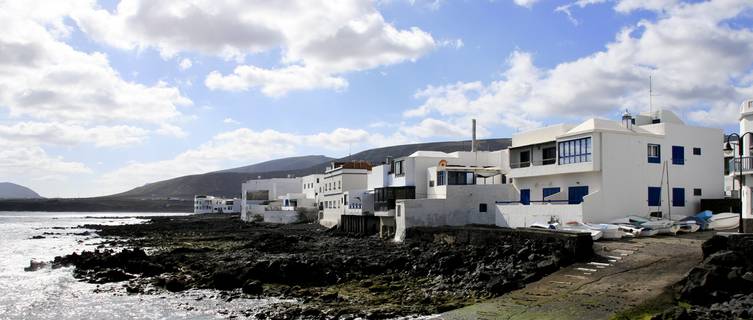
Canary Islands Travel Guide
Drifting like flotsam off the coast of northwest Africa, the Canary Islands have long been a popular destination for sun-seeking Europeans. Synonymous with sandy beaches, sprawling holiday resorts and glorious weather, the archipelago is comprised of seven islands, which form one of Spain’s most distant territories.
Gran Canaria and Tenerife are probably the most mainstream islands. Their family-friendly resorts and sweeping beaches are packed most of the year with tourists from Europe and beyond. Meanwhile, Fuerteventura is famous for its wind-driven water sports and has some of the finest beaches in the region.
Tourism is the lifeblood of these islands, but their dependency on this source of income has led to some unsettling consequences, such as rampant development of once beautiful coastlines and hedonistic holidaymakers breaching the peace.
While not all of the islands have found the balance between developing tourism and preserving local life, Lanzarote has managed to combine modern resorts with eco-friendly developments and more aesthetically sensitive designs.
While most visitors come to the Canaries for sun, sea and sand, the archipelago is of volcanic origin and offers strikingly diverse landscapes including sub-tropical flora, abundant pine forests, giant sand dunes and mountain peaks.
Want to escape the crowds? La Gomera is a charming and undeveloped island, which can be visited as a day-trip from Tenerife (just 30 minutes by ferry). Meanwhile, little-visited La Palma is green, uncommercialised and arguably the most beautiful island. And most westerly of all is El Hierro, windblown and well off the beaten track, it attracts a handful of hardy hikers each year.
Closer to Africa than Spain, the islands were conquered by the Castilians in the early 15th century and although they remain part of the motherland, the Canarians have a distinct culture, with many calling for greater autonomy and some independence.
Do you have any Feedback about this page?
© 2025 Columbus Travel Media Ltd. All rights reserved. No part of this site may be reproduced without our written permission, click here for information on Columbus Content Solutions.










 You know where
You know where